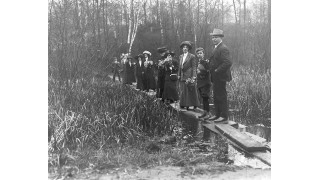
One of the most exciting things about living in Toronto is its ever-evolving landscape. New communities are constantly developing, new buildings are becoming homes, and Toronto’s industries continue to grow along with its people.
Before these Toronto neighbourhoods became what we know them as now, they had some interesting pasts. Businesses, immigration, and social movements all contributed to the formation of our city.
So, let’s take a look at 5 Toronto Neighbourhoods With Unique Histories:
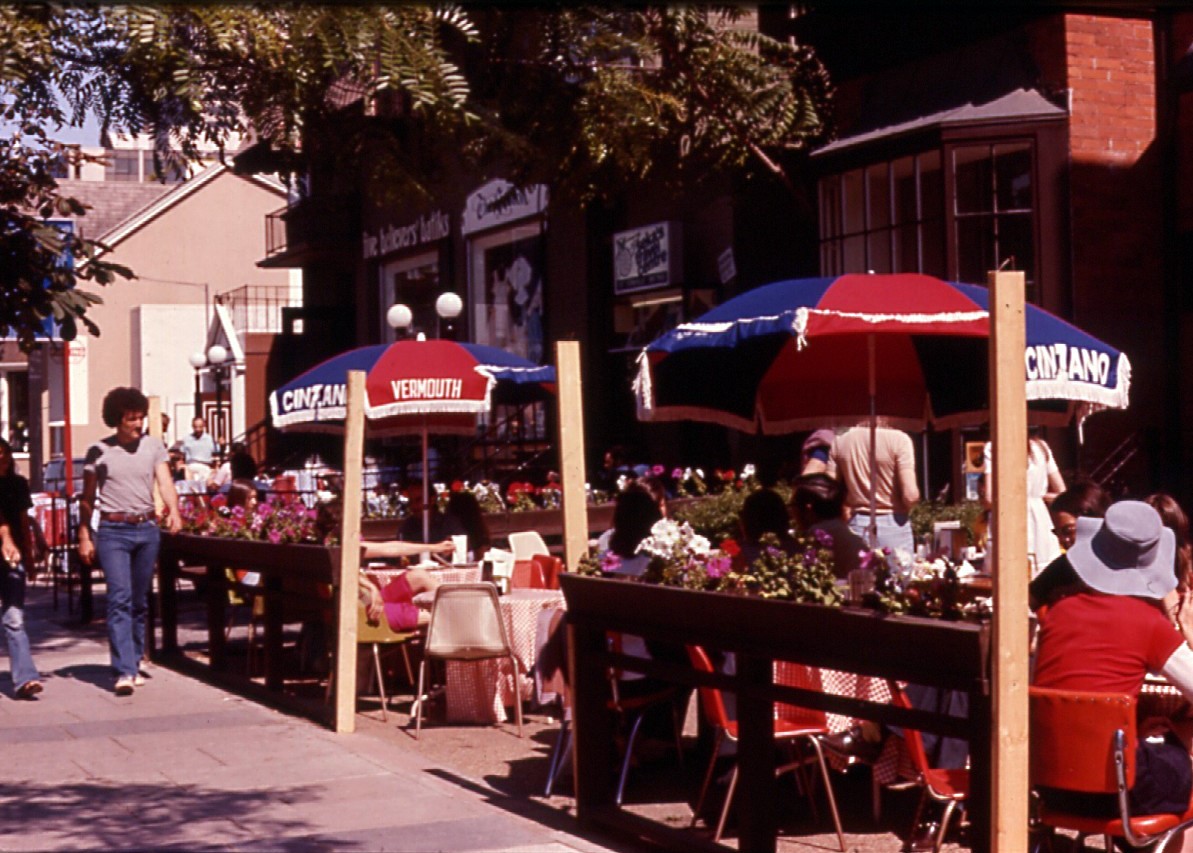
Yorkville: Flickr/Robert Taylor
1. Yorkville
Named for the City of York, before Toronto became the city we know today, this neighbourhood has grown a lot over the years. Now one of the city’s most upscale, posh neighbourhoods Yorkville didn’t always have as prestigious of a reputation. In the 1960’s it was a hub for Toronto’s “hippie” culture. These self-proclaimed misfits created clubs where you could see an art exhibit, a rock concert, or a revolutionary poetry reading.
Yorkville now has amazing destination spots like the ROM, but a decidedly less bohemian style than it had when the 60’s scene once dominated the community. The theatres and museums here are still proof that Toronto will always love art, knowledge, and culture. With Yorkville condos close to all the shops and museums, it continues to be a fantastic place to live.
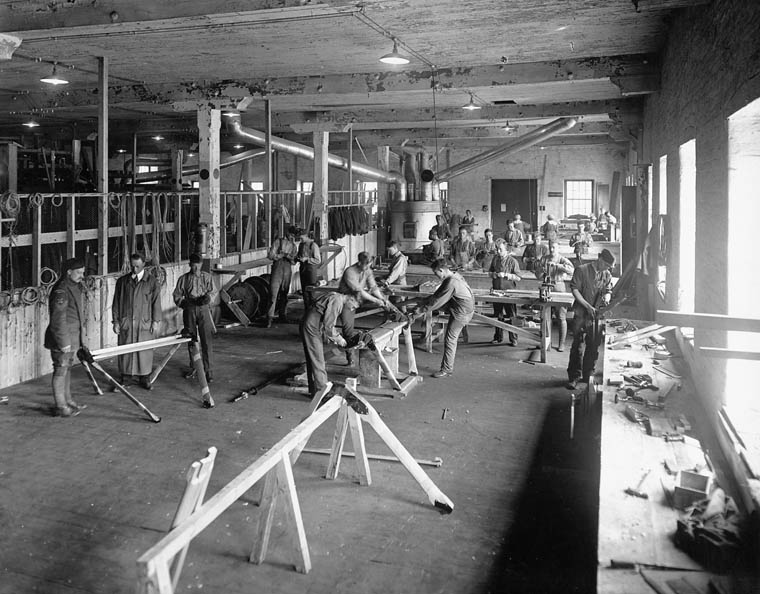
Central Prison's "salvage room" in Toronto. 1917. Now Liberty Village.
2. Liberty Village
In an area where young professionals enjoy a fun live/work balance, the word “liberty” seems to apply. However, since a prison was operating in the area in the late 1800’s we know it wasn’t always so…liberating. There were two prison buildings in Central Prison, for each gender. “Liberty Street” was given its name because it was where prisoners were released after their time was served.
After this time in the neighbourhood’s history it became an industrial area, where factories were very active during war-time manufacturing. Now, the architecture of the industrial era can be seen in some loft buildings, along with new Liberty Village condos, brewpubs, and cafes. What a difference in just a few generations!
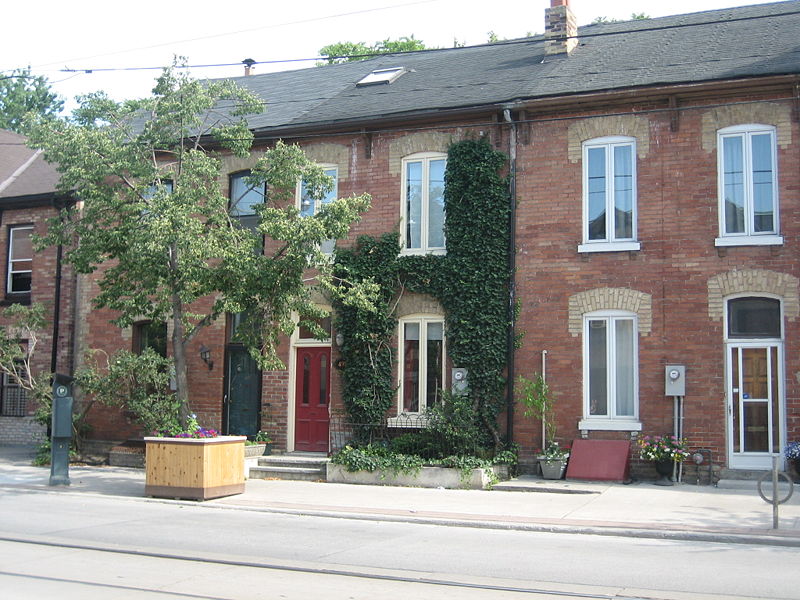
Corktown's historic rowhouses: CreativeCommons/SimonP
3. Corktown
People debate the origin of this neighbourhood’s name: Since the area was once known for distilleries (part of the area the Distillery District is in) it could refer to corks used to preserve liquids. However, the area was also settled by Irish immigrants fleeing famine, so it most likely refers to immigrants from the County of Cork region in Ireland. These working class immigrants worked long hours to build a life in Toronto, with jobs in Corktown’s distillery businesses, mills, and brickyards.
Impoverished Irish immigrants also lived in Cabbagetown, where they grew cabbage on their front lawns as a more affordable way to eat. Some of the historic buildings in Corktown remain, along with older row houses (that cost a lot more to buy now than they did then) in both areas that remind us of the area’s hard working former residents.
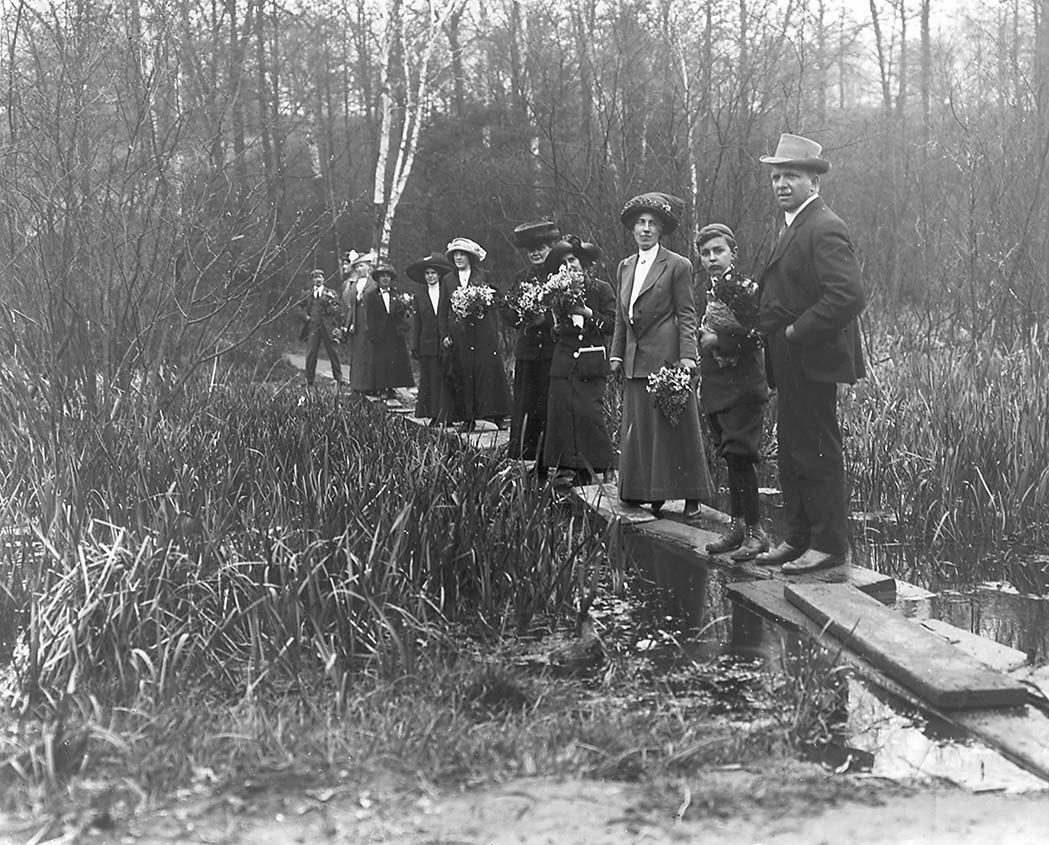
University of Toronto Botany Class at High Park, 1910: Toronto Archives
4. High Park
This neighbourhood revolves around the city’s largest park (that is entirely located within Toronto). High Park was originally the property of one person, John Howard, and his wife Jemima, who named it for its “high” up views of the lake. You can visit his house, Colborne Lodge, today. They donated the land to the city with the condition that it had to be a park for the public that anyone could visit for free. He also said no alcohol could be served on the land. It became a public park in 1876.
There have been many interesting uses for the park over the years, including a forest school for unique outdoor education of children, the High Park Zoo, now gone spa-like mineral baths called “minnies,” and much more. Now, Real estate in High Park is very desirable because of this unparalleled green space. To this day, some things have changed, but one thing remains the same: the park is for the public. Thanks Howard family!
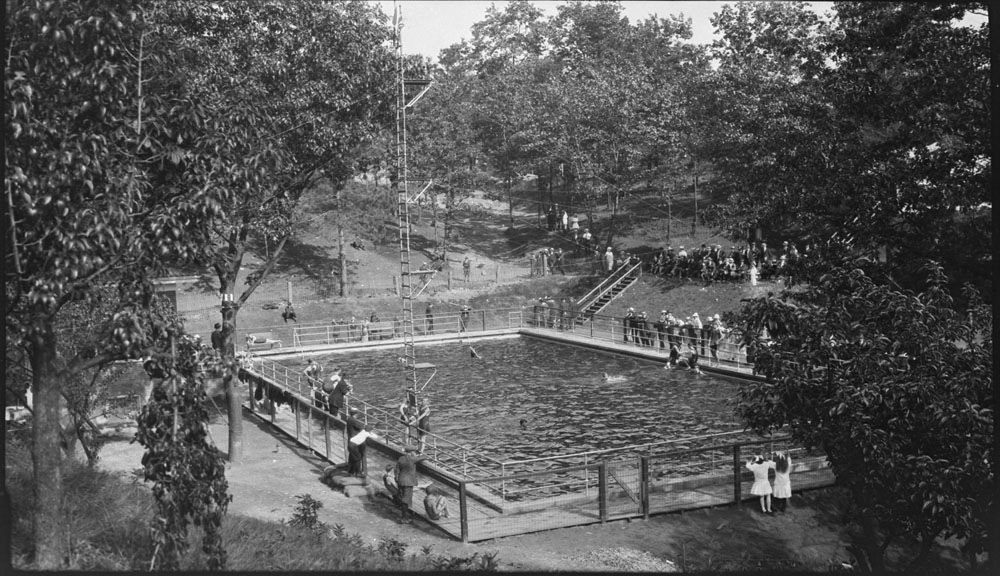
Swimming at "the minnies" in High Park, 1915: Flickr/BiblioArchives
5. Waterfront
The original waterfront was not where it is now. In the mid 1800’s landfill was used to expand the land along the waterfront so more shipping and industry could be built there. Before that, during the American Revolution the British troops used the Toronto waterfront as a base (along with Fort York). They hoped to defend Lake Ontario and northern areas from the recently independent Americans to the south. Before that Indigenous people occupied the waterfront lands and named the area “Toronto” meaning “meeting place.”
Now a highly desirable place to live, it wasn’t always. The waterfront was seen as an industrial area, with the Gardiner Expressway built to connect workers to industry on the lake. Now, with Waterfront condos and innovative ideas aiming to create more public parkland on the waterfront, it is sure to continue evolving!
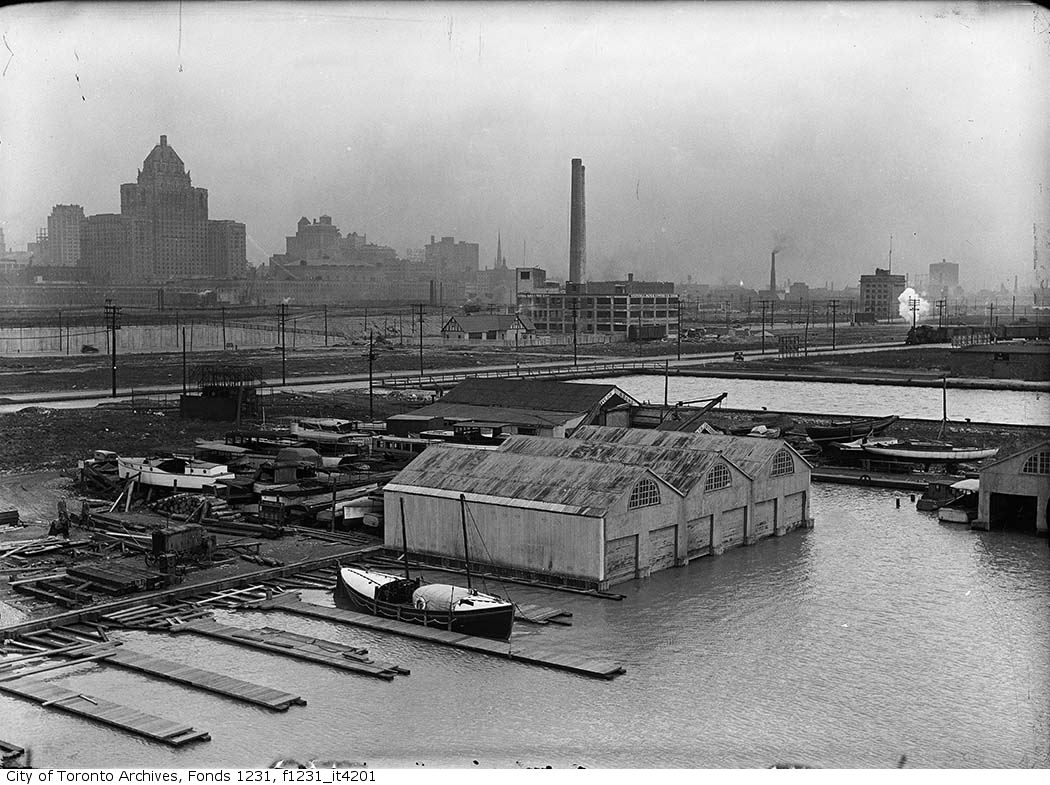
Toronto Waterfront, 1920 (above) and as we know it now:
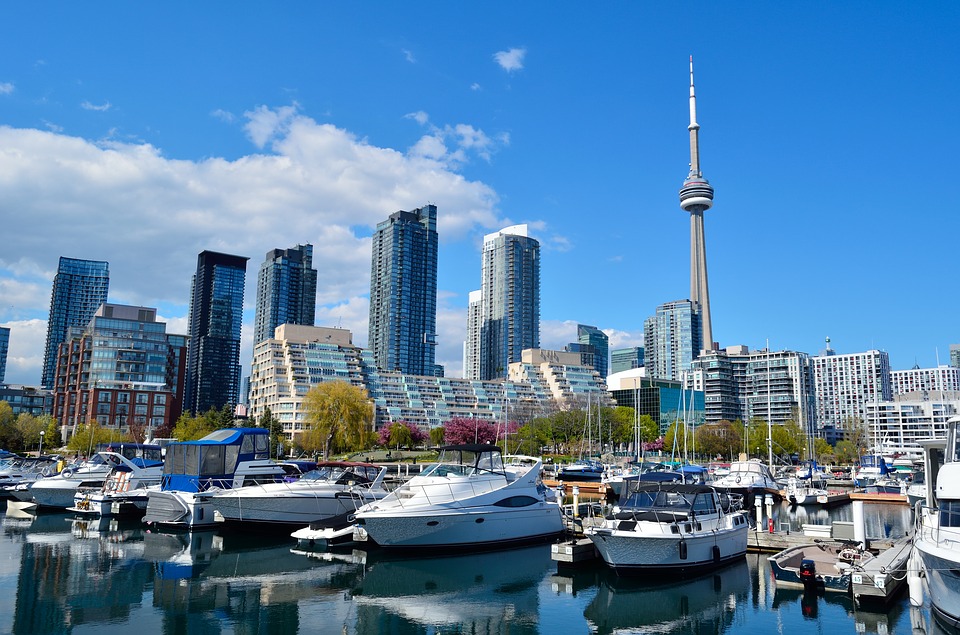
What Toronto neighbourhoods have histories that you find interesting? Share your stories below!
Note: HTML is not translated!